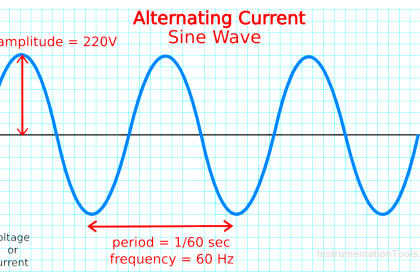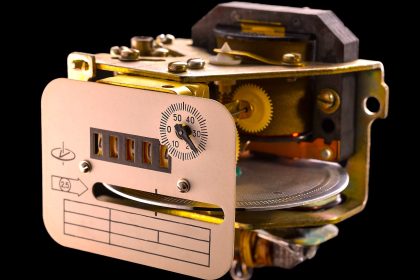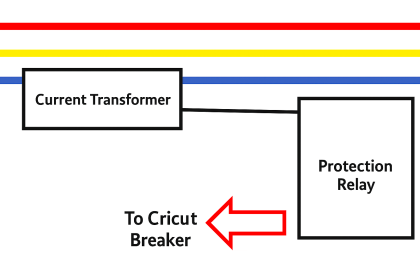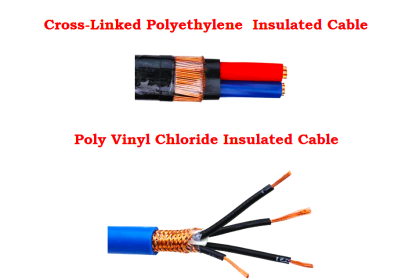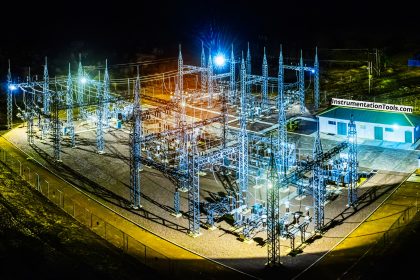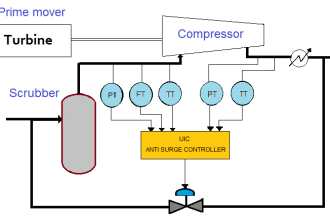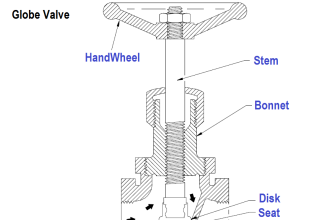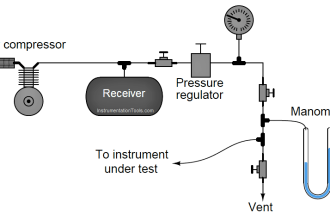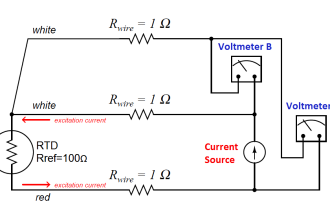Let’s talk about electrical conduit seals. It’s a material that seals joints between lengths of conduit or tubing and protects electrical wiring from the elements and rodents.
Electrical Conduit Seal
There are different types of sealants for different environments and conductors, like petroleum-based for moist areas and silicone-based for colder climates. High-quality seals are a great option. They’re flexible, come in different sizes, are easy to install, and can withstand a lot of force and pressure.
These seals are a must-have to protect your assets, maintain an optimum operating environment and reduce the risk of fire or shock hazards. They also save you money on electricity bills.
Bottom line, don’t skimp on the electrical conduit seal; it’s a small investment for big protection.
Preparing the Conduit
Preparing the electrical conduit seal is a necessary process that helps to ensure safe connections and prevent short circuits from occurring.
Several options are available for waterproof wire connectors, including
- Silicone sealant/tape
- Liquid electrical tape
- Adhesive-lined heat shrink tubes
- Grease-filled insulation displacement connectors, or
- Adhesive-lined crimp or
- Solder splices.
Before beginning, make sure to turn off the power and clean the housing for the electrical wiring with a wet rag to ensure a good seal. Applying silicone sealant involves using a caulking gun to apply the sealant evenly before letting it dry.
For silicone tape, hold the opposite end of the wire steady and cut off a length of tape using a razor. Wrap the tape around the exposed conductor and stretch it as you go.
Liquid tape requires mixing and should be applied with a brush. Heat shrink tubes need to be the appropriate size for the exposed conductor and warmed with a heat gun for it to shrink around the connection once it’s in place.
Meanwhile, grease-filled insulation displacement connectors are better suited for low-voltage applications, whereas adhesive-lined crimp or solder splices require crimping and then shrinking the waterproofing.
Securing the Seals
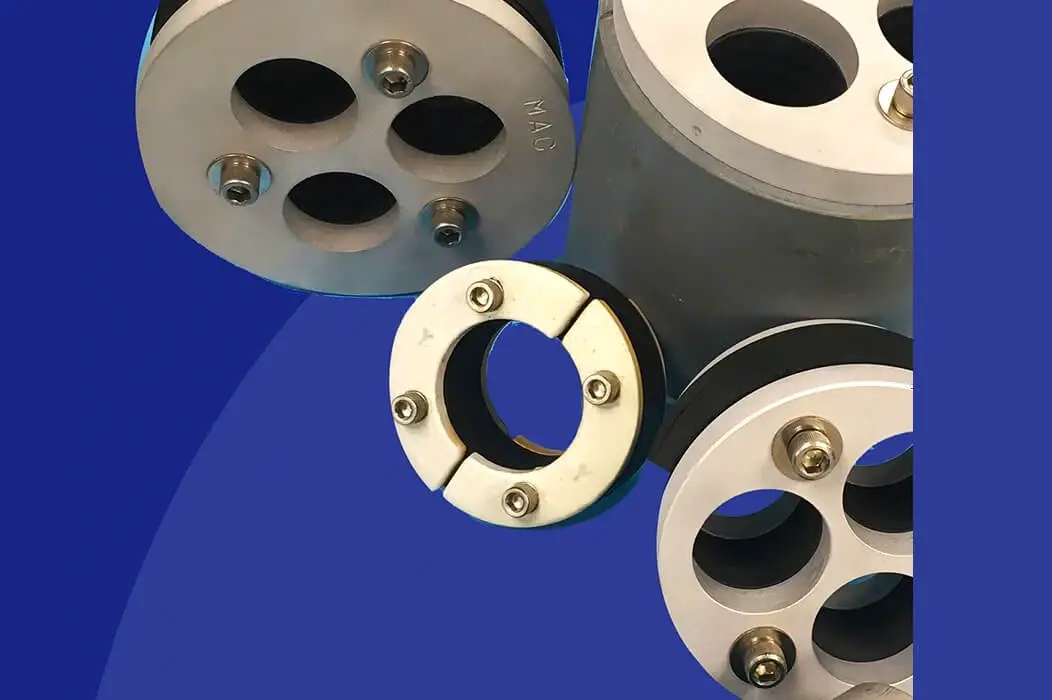
Securing the electrical conduit seal is crucial to ensuring the safety and longevity of your electrical system. Following local building codes and the National Electric Code when installing an electrical conduit is essential.
Before beginning the installation process, inspect the pieces of conduit to ensure they fit securely together, and use the right connectors and sealant.
When connecting the conduit in the wall, use a conduit waterproof seal around the circumference of the box to prevent moisture from seeping in and corroding the electrical components.
A sealing tape can also be used for a tighter, waterproof seal. Apply the tape in tight overlapping layers. Use rated electrical tape.
Once the conduit is installed, use clear caulk to provide extra sealing around the conduit’s edge. To ensure a secure seal, the caulk must be placed in a sweeping fashion along the length of the conduit, forming a continuous band. Monitor the integrity of the seal regularly and fix or replace any deteriorating seals or damaged exterior.
An excellent long-term solution to secure the electrical conduit seal is to use quality conduit seals. These seals are designed to be easily installed, even in running water conditions, and have built-in spare capacity for additional cables and pipes. They provide excellent cable retention and can withstand constant water pressure of up to 0.3 bar and catastrophic water pressure of up to 1 bar.
In addition, these products are acid-proof and tested for rodent mitigation. Various application areas can benefit from these seals, such as infrastructure, manufacturing industry, marine, offshore oil & gas, power, process industries, railway infrastructure, and many more.
With it, you can ensure that your conduits are properly sealed and protected against environmental hazards.
Finishing and Testing the Seal
Electrical conduit seals are essential for keeping your electrical systems running smoothly and safely. These seals, also known as seal-offs, are used to prevent hazardous gases and liquids from passing through conduit systems. And it’s crucial to test the integrity of these seals to ensure they’re installed correctly and provide the protection you need.
One way to test conduit seals is by using water. It’s a simple process – just pour a little water over the seal and wait a few minutes to see if there are any leaks. If there are, it’s usually easy to fix with a paper towel.
Another method is helium detection, where helium is pumped into a sealed tube running through the conduit system, and a detection device is used to listen for leakage.
Pressure testing is also an option, where pressure is applied to the system, and changes are measured using a pressure gauge.
But here’s the thing: testing conduit seals is not just about checking for leaks. It’s also about preventing explosions in classified areas. That’s where sealing fittings come in, creating a physical barrier to keep explosive gases from spreading through the conduit system.
And don’t forget; safety is key. Always wear protective gear and follow safety protocols when testing conduit seals.
So, bottom line: electrical conduit seals are crucial for keeping your systems running safely and smoothly. And regular testing is essential to ensure they’re doing their job. Don’t skimp on this step, folks. It could mean the difference between a minor inconvenience and a major disaster.
In Closing
Electrical conduit seals are non-negotiable when protecting your assets and maintaining a safe operating environment. These seals protect your electrical wiring from weather elements and rodents and come in different types for different environments.
I’m talking petroleum-based for moist areas and silicone-based for colder climates. And let me tell you, picking proper seals are a game changer. They’re a small investment for big protection and can even save you money on electricity bills.
But it’s not just about the seal itself. It’s also about the preparation and installation process. Make sure to turn off the power and clean the housing for the electrical wiring with a wet rag to ensure a good seal.
Also, follow local building codes and the National Electric Code to ensure a secure seal during the installation process. And when it comes to testing, don’t just check for leaks. Think about preventing explosions in classified areas too. Safety is key, always wear protective gear and follow safety protocols.
In short, don’t cut corners. Invest in a high-quality seal and make sure to properly prepare and install it. And don’t forget to regularly test the integrity of the seal to ensure it’s providing the protection you need. Trust me; it’s a small step that can make a big impact.
